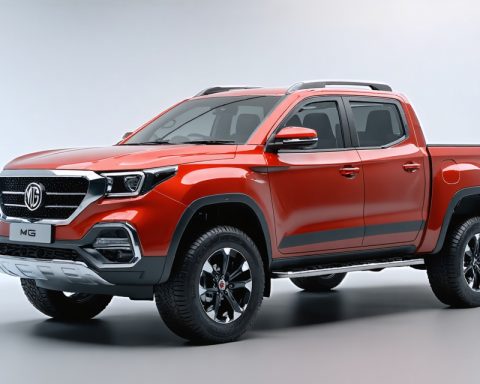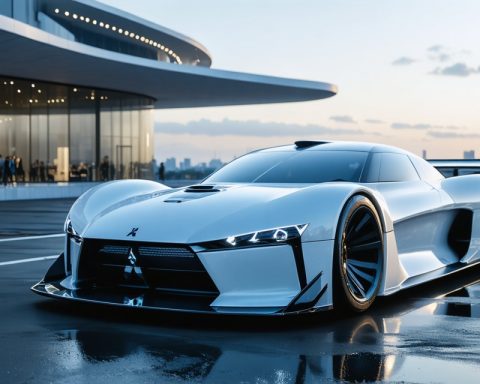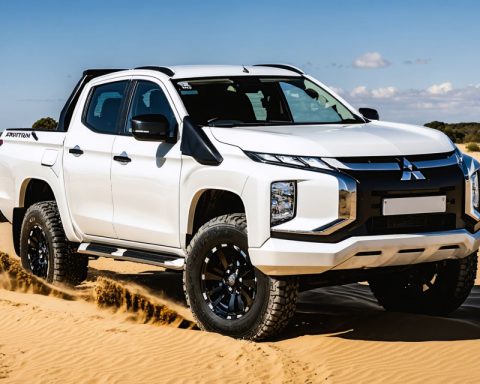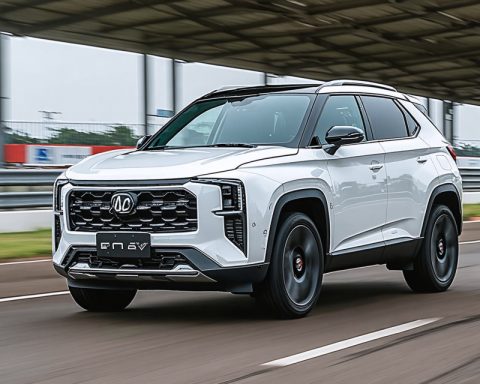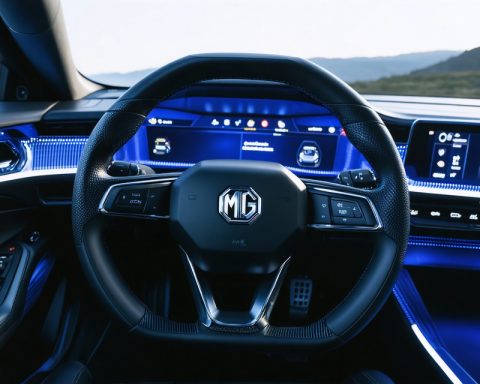- Mitsubishi expands its Triton line-up in Australia, introducing 18 diverse variants with new body styles, including single- and cab-chassis options set for release in early 2024.
- The Triton range now starts at $34,490, making it more affordable by reducing entry prices by nearly $9,000. The top model, the Triton GSR 4×4, is priced above $63,000.
- Each Triton variant, from the practical single-cab to the adventurous club cab, offers versatility with options for both manual and automatic transmissions.
- The robust Triton continues with its reliable 2.4-litre turbo-diesel engine, delivering 150kW/470Nm, and a choice of six-speed transmissions.
- Mitsubishi aims to cater to various lifestyles, offering a customizable experience for tradies and adventurers alike.
- Orders for the new Triton variants are open, with deliveries expected by June 2025, emphasizing Mitsubishi’s commitment to innovation and adaptability in the ute market.
Australia, brace yourself for a vehicular renaissance as Mitsubishi amplifies its Triton ute line-up, promising an unprecedented blend of power, versatility, and affordability. The robust Triton has returned with an array of cab-chassis body styles, including the intriguing club-cab, a four-seater marvel that boldly expands the line-up to 18 distinctive variants. Australians have awaited this evolution, as Mitsubishi withheld manual transmission, single-, and cab-chassis options from the sixth-gen Triton until early 2024.
This strategic expansion births a more accessible Triton, slashing entry prices by nearly $9,000. Eager ute enthusiasts can now command the Spartan Triton GLX 4×2 single-cab/chassis manual starting at $34,490, excluding on-road costs. At the zenith remains the Triton GSR 4×4, a juggernaut priced just above $63,000, showcasing that utility and opulence can indeed coexist.
The Triton fleet doesn’t merely promise functionality; it offers a customized experience. Shoppers will revel in the sub-one-tonne payload iterations of the GLX, GLX+, and GLX-R grades, proudly following the success of the GLS and GSR. Each variant is an ode to adaptability, from the workhorse single-cab to the adventurous club cab, reflecting a design ethos that caters to diverse lifestyles and demands.
Under the hood, the Triton lineage perseveres with a 2.4-litre four-cylinder turbo-diesel engine, generating a formidable 150kW/470Nm, all finely tuned with a six-speed transmission, either manual or automatic. The club-cab variants, however, march to a distinct beat; their extended cab is married to an automatic gearbox in both cab-chassis and pick-up forms, ensuring a seamless drive for enthusiasts who prefer automatic precision.
Mitsubishi’s innovation doesn’t end at diverse body styles and pricing cuts. It’s a statement of intent—an intent to offer something for every motorist. Whether it’s the hardworking tradespeople crafting their daily grind or adventurers chasing weekend horizons, the Triton line is a canvas ripe for customization.
Anticipation grows as Mitsubishi announces the order book is open for these new offerings, with deliveries roaring to life by June 2025. As each Triton rolls out onto Australian roads, it brings with it more than a mechanical overhaul—it carries Mitsubishi’s storied legacy of resilience and reinvention, a testament to their commitment to staying at the forefront of automotive ambition.
In the heart of this expansion lies a clear message: The world of utes is not a static one. Mitsubishi’s latest venture shows that innovation can drive affordability, utility can meet luxury, and everyone—whether an everyday commuter or an off-road explorer—can find a Triton that speaks to their soul.
Unleashing the Next Generation: What Mitsubishi Triton’s Expansion Means for the Ute Market
Australia’s ute enthusiasts have reason to celebrate as Mitsubishi revitalizes its Triton lineup, blending power, versatility, and affordability like never before. The revamped Triton promises not only a broad array of options but also a significant reduction in entry prices, making it an attractive proposition for a diverse range of consumers. But what does this expansion mean for the market, and how can potential buyers make the most out of this opportunity?
Real-World Use Cases for the Mitsubishi Triton
1. Tradespeople: The single-cab chassis models are designed to cater to the needs of tradespeople requiring dependable, durable transport for heavy equipment.
2. Adventurers and Off-Road Enthusiasts: With 4×4 capabilities, models like the Triton GSR offer both off-road prowess and luxurious comfort for weekend getaways.
3. Family and Lifestyle Drivers: The club-cab and dual-cab models bridge the gap between utility and family needs, providing space, safety, and comfort.
How-To Steps: Choosing the Right Triton
1. Identify Your Needs: Determine whether your priority is payload, seating, off-road capability, or luxury.
2. Set a Budget: Triton models vary widely in price, so establish a budget that fits your financial situation.
3. Test Drive Different Variants: Experience firsthand the differences between manual and automatic transmissions, as well as the feel of the cabin space.
4. Consider Long-Term Use: Evaluate factors like fuel efficiency, maintenance costs, and potential resale value.
Market Forecast & Industry Trends
– Growing Demand for Utes: Utes continue to rise in popularity in Australia due to their versatility, appealing to both urban and rural consumers.
– Increased Customization Options: Manufacturers are focusing on providing a high level of customization to meet the diverse needs of consumers.
– Focus on Sustainability: As environmental concerns grow, there may be future developments in hybrid or fully electric utes, potentially impacting the Triton’s evolution.
Controversies & Limitations
– Fuel Efficiency: Diesel engines, while powerful, may not appeal to environmentally conscious buyers concerned about emissions.
– Manual vs. Automatic: The exclusion of manual transmissions in some variants may be a drawback for traditionalists who prefer the control manual options offer.
Pricing Overview
– Entry Level: Triton GLX 4×2 single-cab/chassis begins at $34,490, providing an affordable, rugged option for budget-conscious buyers.
– Luxury Option: At the top of the line, the Triton GSR 4×4 is priced above $63,000, featuring an upscale combination of utility and comfort.
Actionable Recommendations
– Visit Local Dealerships: With the order books open, visiting a dealership can give prospective buyers a clearer view of available options and features.
– Consider Timing: If you’re considering a purchase, aligning with delivery start dates in June 2025 could provide additional choices or promotional offers.
– Secure Financing Early: With attractive pricing, securing pre-approved financing can streamline your purchasing process.
For further information, you can explore the latest developments on the Mitsubishi Motors website and stay tuned for upcoming innovations in the automotive sector.
In conclusion, Mitsubishi’s Triton expansion is a significant step forward in the ever-evolving world of utes, balancing affordability with cutting-edge customization. Whether you are a tradesperson, a city dweller, or an adventure seeker, the diverse Triton lineup offers a model tailored to your lifestyle and demands.

